“Bokeh” is a beautiful soft effect in which the background of a photograph becomes like circles of blurred, translucent light. As a professional photographer, my lifelong quest has been to consistently capture images of a child’s face in which everything in front of and behind the eye gradually falls out of focus and the background dances with bokeh. The key to this effect, which I like to call, “Bokeh Nirvana,” is in the use of three very basic settings. (Although I have included a smattering of techie translations in italics, feel free to ignore them.)
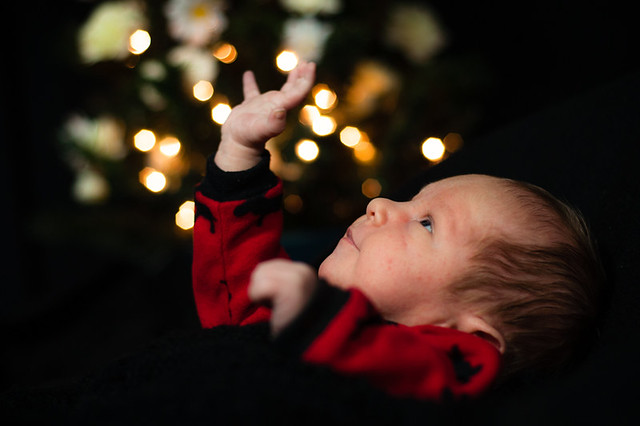
“Ian” by Alex Lupo
Before getting started, find the autofocus settings on your camera’s menu and select the single point autofocus feature. (Techie Note: Avoid automatic face recognition systems. When it comes to capturing the soul of a child, the eyes are everything and the single point autofocus feature is a must.) There is a marking on the ring which encircles the glass indicating, “__ mm.” The higher that number, the more bokeh your lens can produce. If your lens happens to have a range like 15-85mm, your lens zooms in and out like a pair of binoculars. The more you zoom in the more bokeh can be produced if you heed the following instructions.
The first setting is the aperture. Aperture is the bokeh magic-maker. The lower the aperture number (tech translation: the wider the aperture), the more bokeh. When you lower the aperture number it becomes more difficult to achieve sharp focus on your single point, the eye. So, the child needs to be reasonably still. Having the child sit or lean against something works well. The child is not posing. You and the child are interacting and you are ready to capture a natural moment.
The second setting is shutter speed. Any number above 160 should be safe. (Tech info: the higher the number, the faster the camera takes the picture and the blurring of motion is minimized.)
The final setting is the ISO. Set ISO at 200 initially. Raise if necessary for low light conditions.
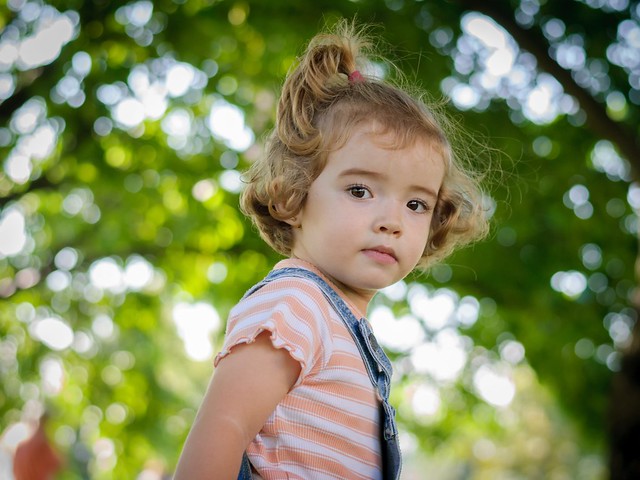
“Izaro” by Guillermo Alonso
The Path to Bokeh Nirvana
- Set the ISO to 200. Raise if necessary for low light conditions.
- Set the aperture number to 2.8 or lower (as wide as possible).
- Set the shutter speed number to 160 (1/160 second) or faster. Or have the camera determine the shutter speed automatically.
Look through the viewfinder and find the single point autofocus point. It looks like a dot or a tiny box. Point your camera at your subject and place that dot on the iris of the eye that is closest to the camera. Press and hold the shutter button half way down and the camera will automatically focus on the iris. With the shutter still held half way down, recompose the picture if needed, and then press the shutter button all the way down to take the photograph.
Now look at the photo on the display screen. Is the child’s face too dark? Raise only the ISO number, take another photograph and recheck the face. Repeat this step until you have the correct lighting (tech translation: exposure). Is the child’s face too bright? Raise only the shutter speed number, take another photograph and recheck the face. Repeat this step until you have the correct lighting (tech translation: exposure).
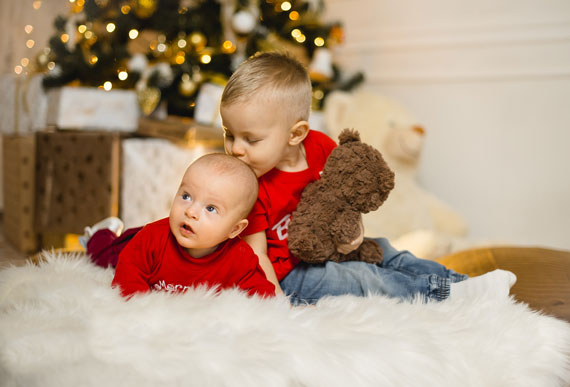
Photo by Kate Hliznitsova
Finally, it is important to practice. With practice, your camera will become an extension of yourself. The images you take will capture the child’s unique personality and become a priceless treasure. Welcome to Bokeh Nirvana.
About the Author:
Ellie Graham is a professional photographer and educator who specializes in family portraiture. She and her three children live in Hendersonville, NC. Ellie is also currently enrolled in the Master’s Degree in Entrepreneurship Program at Western Carolina University.
Like This Article?
Don't Miss The Next One!
Join over 100,000 photographers of all experience levels who receive our free photography tips and articles to stay current:

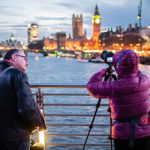
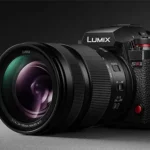
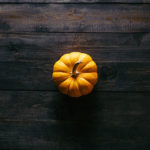


very helpful! thanks for sharing! :)
Yes, I tried this effect when taking some shots at night because I really like the background effect when using it.
Another great article. Some of my favorite shots are taken this way. It’s quite often the case that I use the Lensbaby single or double optic glass with wideangle attachment to really make the Bokeh stand out.
Again, thanks for the article!
Glinda floated into Oz in a globe of light, maybe these are really fairies our jaded eyes cannot see, but the lens captures? ;~)
Thank you so much. I’m an aspiring bokeh photographer and this greatly helps.